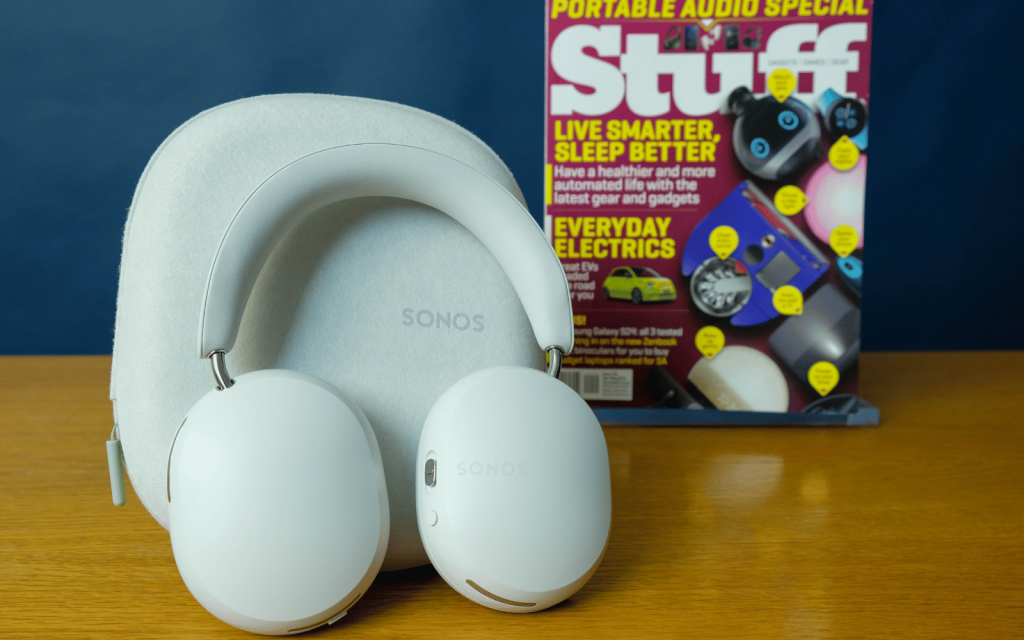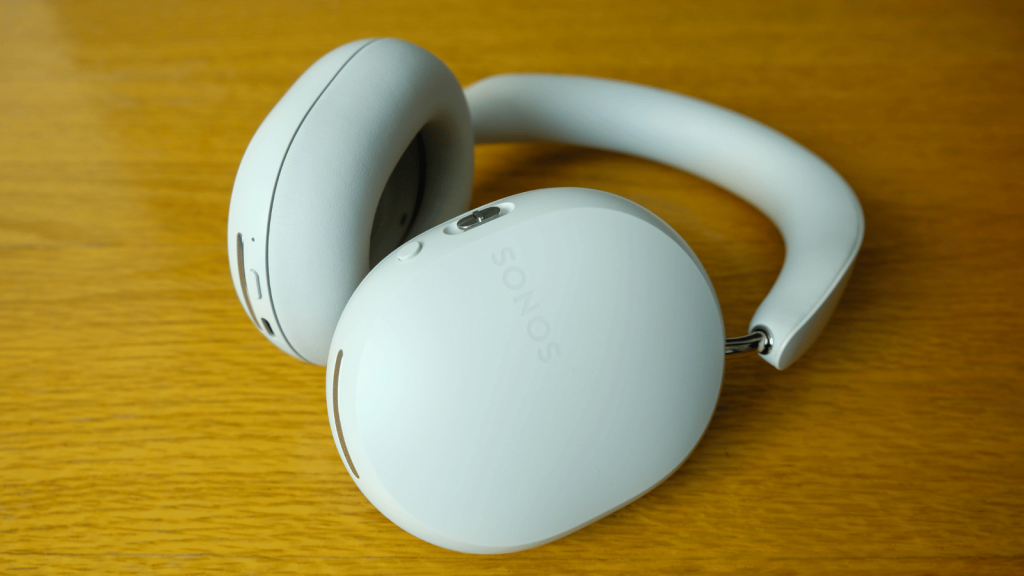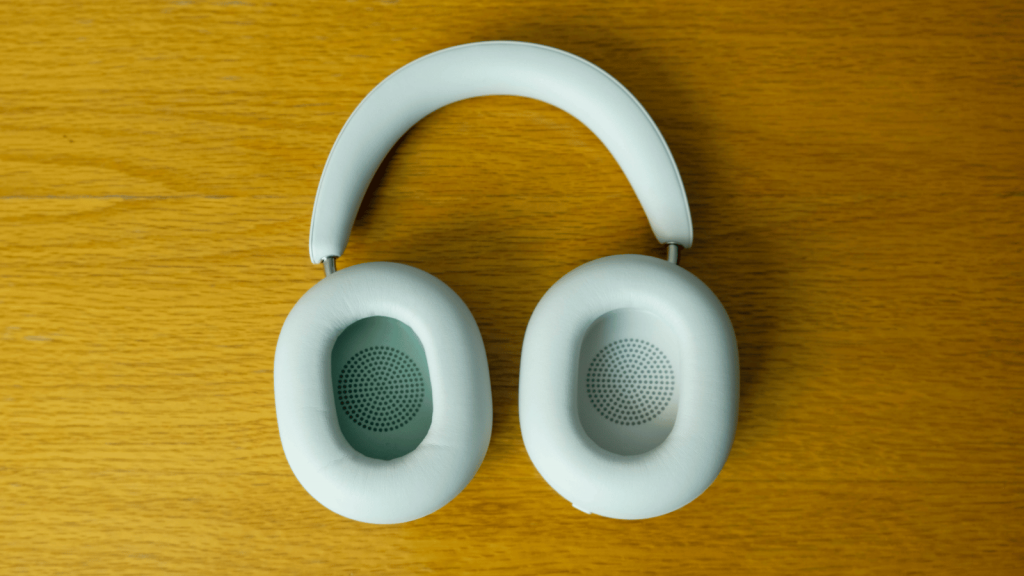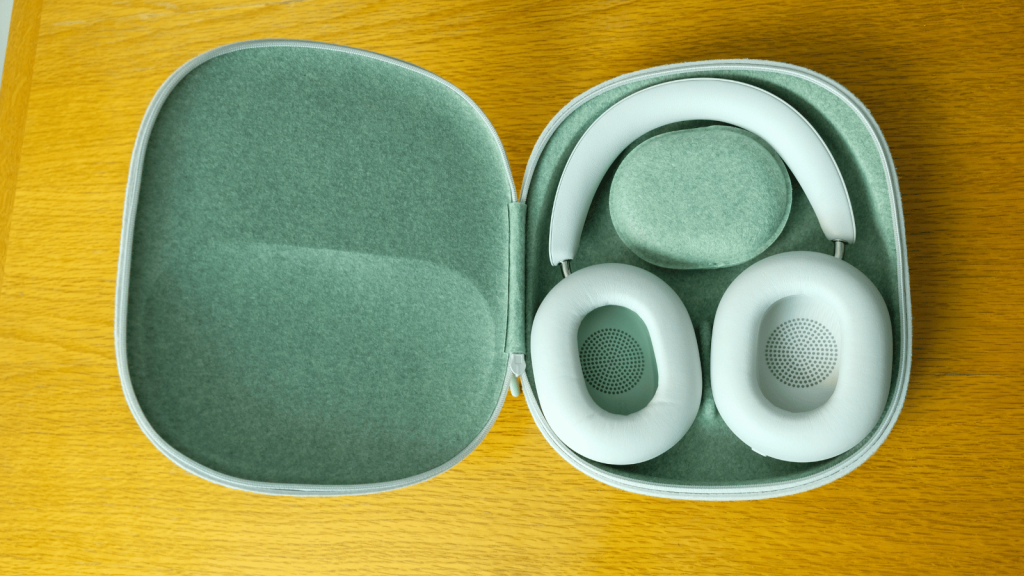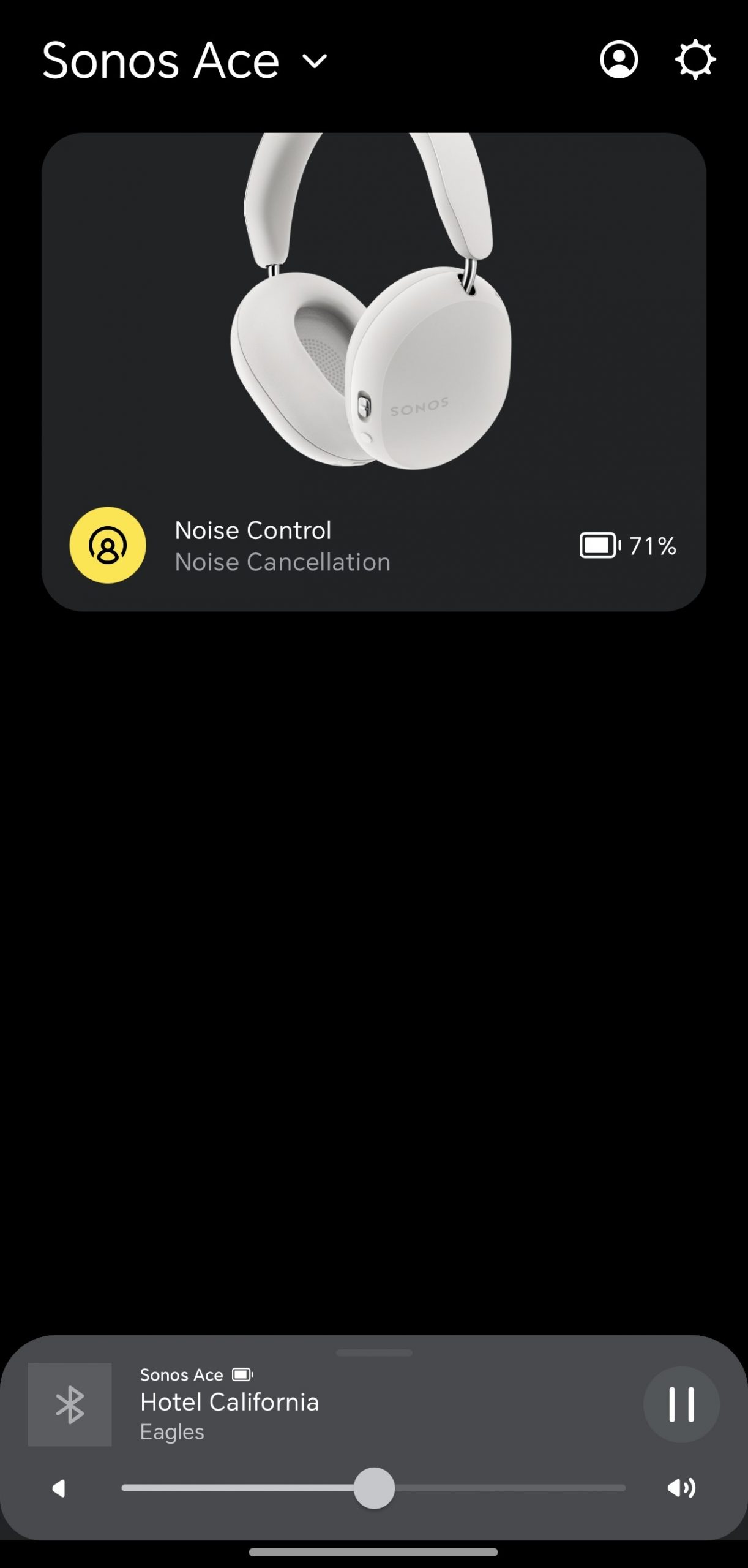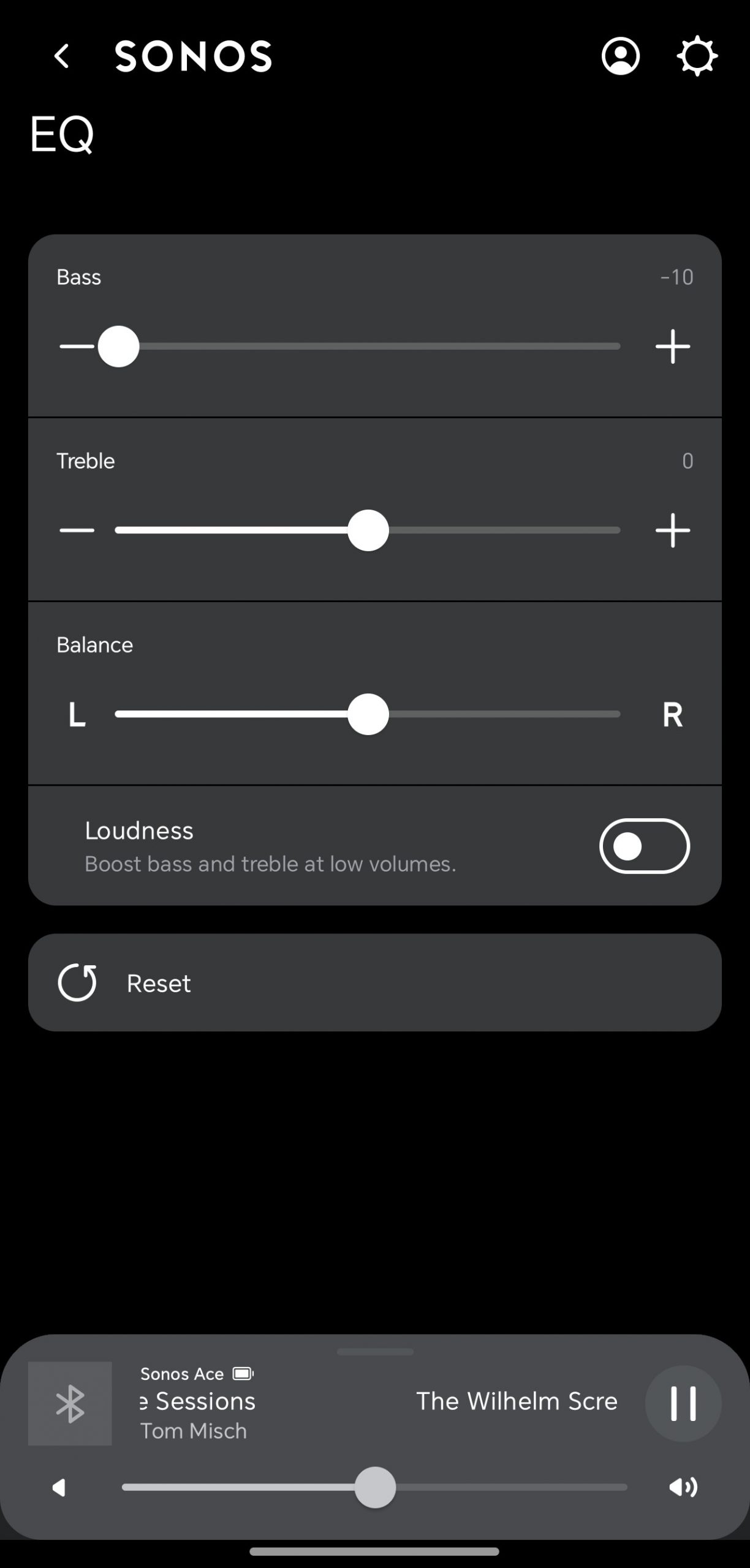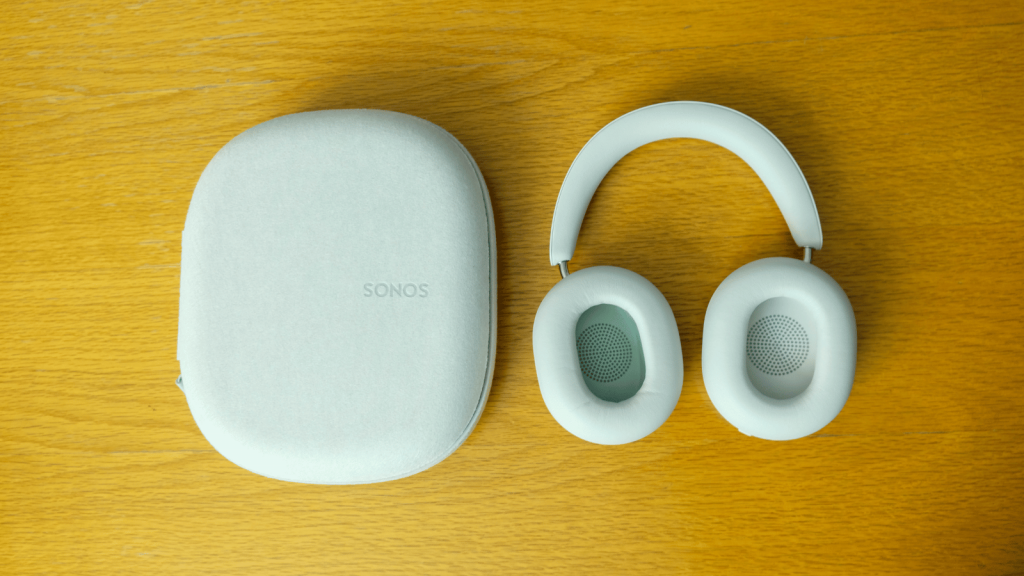Sonos has impressed us with its first set of headphones. Like the preceeding speakers and soundbars, the Sonos Ace have a simple, almost elegant design, straightforward control scheme, and many of the features you'd expect to find in premuim Bluetooth headphones. It's just a pity Sonos' app lets them down, their standout feature isn't available to many people at launch, and they cost as much as they do.
-
Design
-
Sound
-
Build
-
Battery
-
Features
-
Value
When it comes to first-generation devices, it doesn’t matter which product category or company you look at, you’ll always find room for improvement. Very few companies, if any, have hit all the right points on their first go.
Having said that, Sonos has made a lot of positive choices with its first set of headphones, the Sonos Ace, and while they aren’t perfect, they’re a competent first effort that leaves us hopeful of Sonos’ future headphone endeavours.
But we’ll review future headphones in the future. Right now, we’ve got these to try. There’s no getting around the fact that, like most of its products, Sonos has priced the Ace out of reach for most people. And for reasons we’ll cover later, whether you should buy these, even if you can stomach the price, isn’t as straightforward as you might think.
Looks like you’re getting your money’s worth
One of the first positive choices Sonos made with the Ace is their design. They are unmistakably Sonos while also being rather similar to every other set of wireless headphones available today – there are only so many ways to design headphones after all.
As with previous Sonos products, the Ace has a minimalist design that succeeds in combining a premium feel and excellent build quality. Sonos has paired a high-quality plastic construction with stainless steel trim and even went to the trouble of using slightly different coloured stainless steel for the Black and White models. In case it wasn’t obvious, we’re fans of the design choices Sonos went for here, which also extends to comfort when they’re on your head.
Although the memory foam ear pads and headband felt comparatively hard during our first fondle, it’s a different story with the Sonos Ace in position on your head. We never reached the point where we forgot we were wearing them. That’s due to them being slightly heavier than most of their contemporaries – around 312g. Still not as heavy as the Apple AirPods Max (385g) but noticeably more than Sony’s WH-1000XM5 (250g). Yet, we had no issues wearing them for the whole day.
If you’ve got big ears or if they tend to stick out more than most, you might find that they touch the insides of the ear cups. Deeper cups would solve this issue but small- to medium-ear owners shouldn’t have an issue so we won’t count this against Sonos.
Similarly, if you have anything but the smallest of heads and find yourself having to adjust the headband of other headphones, you won’t be able to pack these away without first reducing their size. This is admittedly a nitpick but Sonos has set a high bar for itself with this price tag so we would have liked to see this kind of thing dealt with before they reached production.
While we’re nitpicking, having the case open all the way would’ve been nice instead of it getting stuck at 14h50. Just sayin’.
Tactile joy
Sonos has mirrored the minimalist design in the Ace’s control scheme with tactile physical controls. A power and Bluetooth pairing button does what you think it will from the bottom of the left ear cup. Halfway up the rear of the right cup, you’ll find the ‘content key’ and a button for noise control. They also perform as advertised although a little customisation would’ve been nice. Not that it’s needed – the predefined set of controls is intuitive enough.
Connecting to the Sonos Ace is also rather intuitive. You can forego the Sonos app and connect via Bluetooth 5.4 directly if you don’t care for EQ sliders, head tracking, or Sonos’ headline TrueCinema feature – more on that in a bit.
A Bluetooth connection with compatible devices includes support for Qualcomm’s Snapdragon Sound and the aptX Adaptive codec suite as well as the aptX Lossless codec. There is, of course, support for the normie codecs as well (SBC and AAC).
The Sonos Ace also supports a Hi-Res wired USB-C connection if you’re running low on battery. They will still need to be powered on if you’re hoping to hear anything but you’ll charge them at the same time which proved handy. You’ll need the USB-C to USB-C cable for that. Don’t expect the USB-C to 3.5mm cable to do any charging. It’s more for plugging into analogue sources but it was nice of Sonos to include both.
Speaking of charging, if you need audio in a hurry but discover your Ace is flat, Sonos claims the first three minutes of charging will provide three hours of playback while a full charge will take around two hours. We found both claims to be accurate. Just like Sonos’ claim that they can achieve 30 hours of playback with active noise cancelling or transparency mode enabled.
With eight beamforming microphones in total, the Ace managed to impress us with how well they cancelled external noise. They aren’t as capable as the other more prominent players in the ANC headphone game but they definitely surprised us. As did the transparency or “Aware” mode. The Ace offers one of the most natural-sounding transparency modes we’ve ever heard and is second only to Apple’s AirPods Max. You won’t quite forget you’re wearing them but everything else will sound dull in comparison.
We hope you like bass
At this point, we should probably get to how these headphones sound. That’s their main job, after all. The good news is that if you enjoy how Sonos speakers sound, you’ll probably enjoy listening to music with the Ace. In fact, the Ace’s sound profile will probably appeal to most folks… with a few tweaks.
Out of the box they are tuned with an over-emphasised low-end which can become fatiguing after a while, especially if you prefer bass-heavy playlists. Hotel California from the Eagles’ Hell Freezes Over album highlights this well. The first 30 seconds of acoustic guitar and applause from the crowd came across with a lot of detail and decent stereo imaging but it starts to sound a little muddier when the percussion joins. After listening to a few of our staple headphone/speaker-testing tracks, we settled on keeping the bass EQ slider as low as it would go.
Similarly, they also have a noticeable emphasis somewhere in the high frequencies. While it wasn’t enough to drive us back to the app’s EQ settings, it can make certain instruments sound too sibilant or bright. See Michael Jackson’s Billie Jean, with its cymbal crashes, shakers, and reverb on Jackson’s lyrics (not to mention his ‘hee hees’).
A personal movie theatre
The upside to these over-emphasised frequency ranges is apparent when you’re using the Ace to watch movies. The prominent low-end gives added impact to explosions or landed punches while the small range of emphasised highs heightens room effects like reverb. Both of these might help you feel more immersed in whatever you’re watching but can also make the Sonos Ace fatiguing after long sessions if you leave the EQ sliders untouched.
We would have also liked to see a more robust EQ feature. All you get are sliders for bass and treble, a slider for left-right balance, and a loudness toggle.
The other thing to note, if you do plan on getting the most out of your Sonos Ace, is the TrueCinema feature. This will allow you to send audio from the movie you’re watching on your TV straight to these headphones with no discernable delay. There are a few big caveats, however. You’ll first need to own Sonos’ flagship Arc sound bar and an iPhone.
At launch, the Ace only supports TV audio swap when paired with the Arc on an iPhone. Sonos has said that it is working on bringing the feature to the Beam Gen 2, Beam, and Ray soundbars and to Android phones but it hasn’t said when.
Thankfully, when all the criteria are met, the Ace is one of the best headphones to use for movie-watching. You get most of the benefits of a complete Dolby Atmos-enabled Sonos setup without waking up everyone else in the house. Sure, you lose some of the immersion you can only achieve from having physical speakers behind you but we’ll take that trade-off when it means you don’t have to deal with a sleep-deprived toddler.
Sonos Ace verdict
Sonos has made a good first impression with its first headphones. They have a sturdy build quality and subtle design that won’t garner you sideways glances in public. But at R13,000, the Ace isn’t for everyone. The only people we feel comfortable recommending them to at this price are the folks who already own the Sonos Arc and would like to go back to watching movies when the rest of the family is sleeping.
We also can’t help but feel the Sonos Ace would’ve been better received had they not launched on the heels of what can only be described as a car crash of an app revamp. But Sonos won’t have that to contend with the next time it launches headphones and, hopefully, those headphones will fit in better with existing Sonos setups. We might not even need to wait for the second generation, Sonos could probably do a lot of good with a few software updates. We’re holding thumbs.

